This ‘sear-iously’ tasty cooking method can add new levels of flavour to finished dishes.
- Choose a large, heavy-based pan: cast-iron or stainless steel work best.
- Whether your meat is one large joint or cut into cubes, pat it dry with kitchen paper. Season with salt and pepper immediately before cooking.
- Set the pan over a medium-high to high heat. Coat with enough cooking oil to form a film over the bottom of the pan and heat until it shimmers.
- Gently place the meat in the pan. The meat should sizzle on contact and become stuck to the bottom of the pan. If you are cooking pieces of meat, arrange them in a single layer with at least 1cm in between them; work in batches if necessary to avoid crowding the pan.
- For the first two minutes, allow the meat to cook without moving it. Once the first side has seared, it will release easily from the pan. When it does, flip the meat over and brown on the other side. The seared surface should be a caramelised dark brown colour.
- If the bottom of the pan begins to look dry or you smell burning, lower the heat and add a little more oil to the pan.
- Do not move the meat until it releases easily from the second side. For smaller pieces, transfer to a clean plate and continue searing the remaining meat in batches. Deglaze the pan between batches, adding more oil as necessary.
- Once you have finished searing, transfer all the meat to a plate and add 250ml wine or stock. It should bubble and boil immediately. Scrape the bottom of the pan to release any bits.
- If you’re making a stew or braise, add this liquid to the pot. For steaks or other quick-cooking meat dish, this liquid can be reduced further to make a pan sauce.
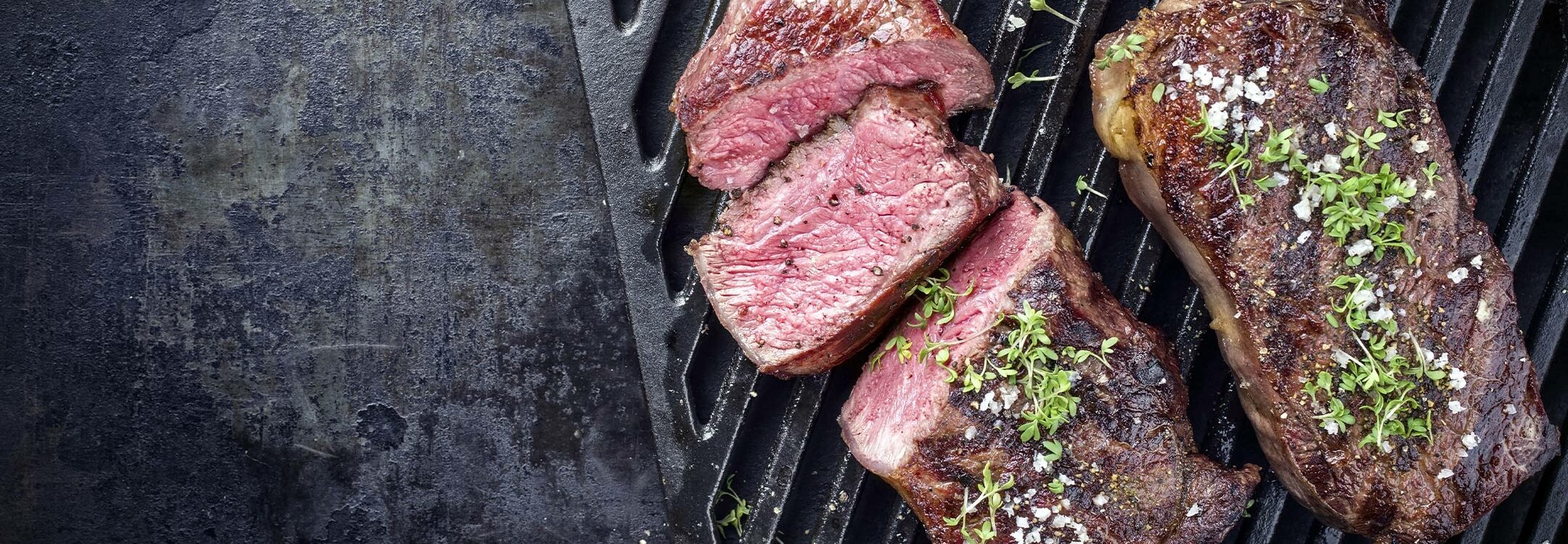
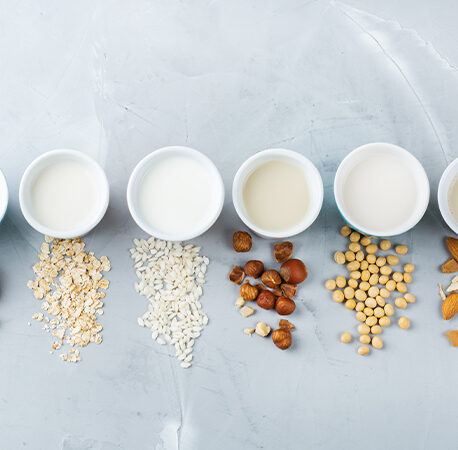
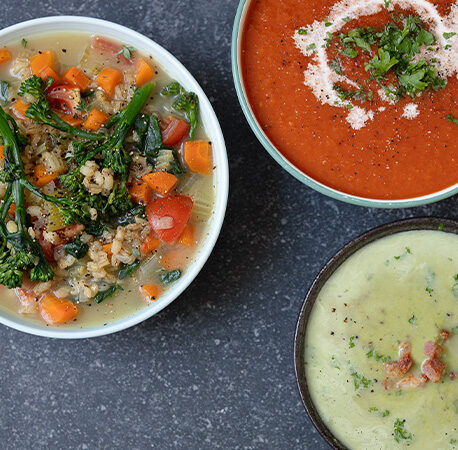
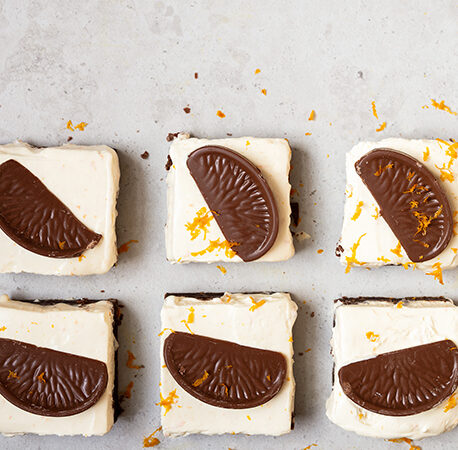
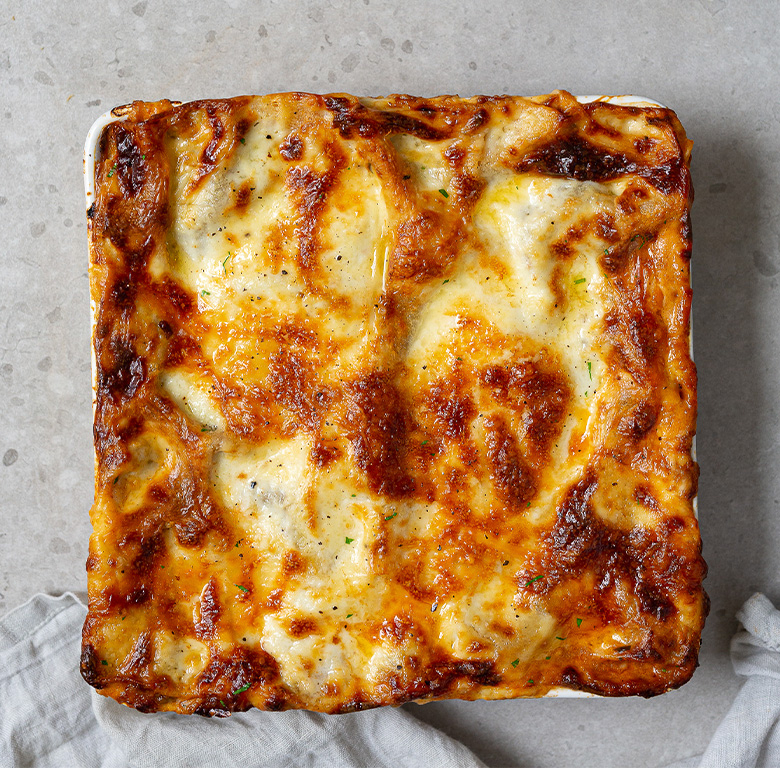

You have to be signed in to comment this post.